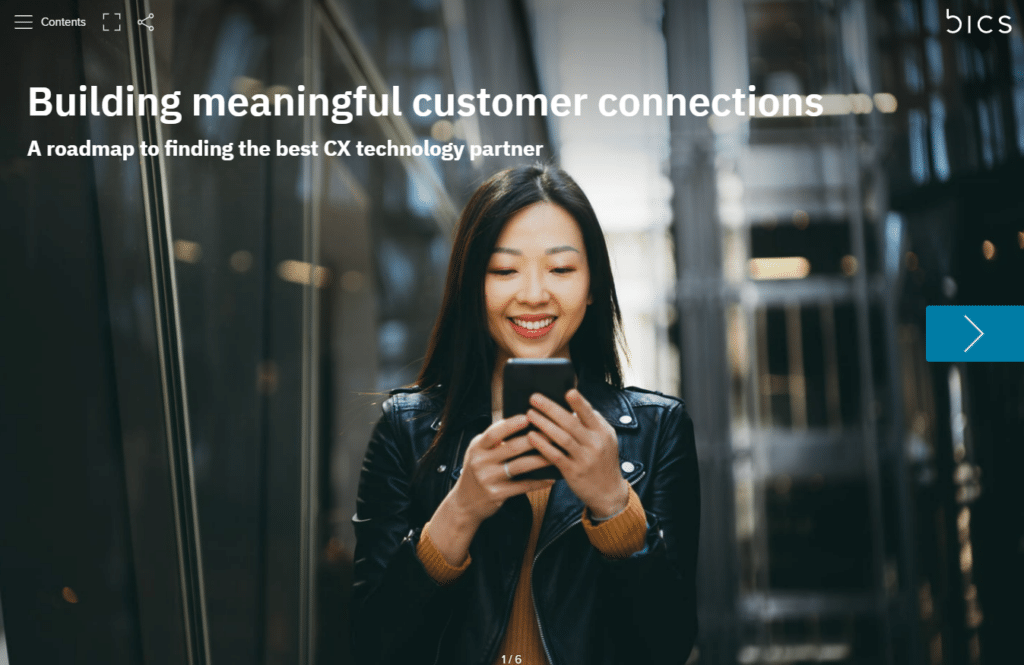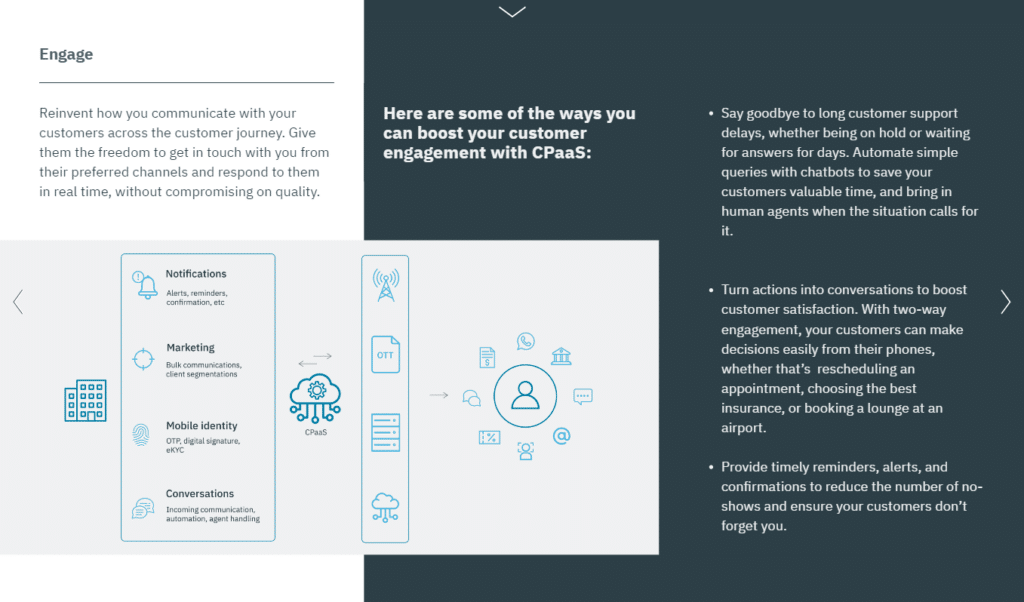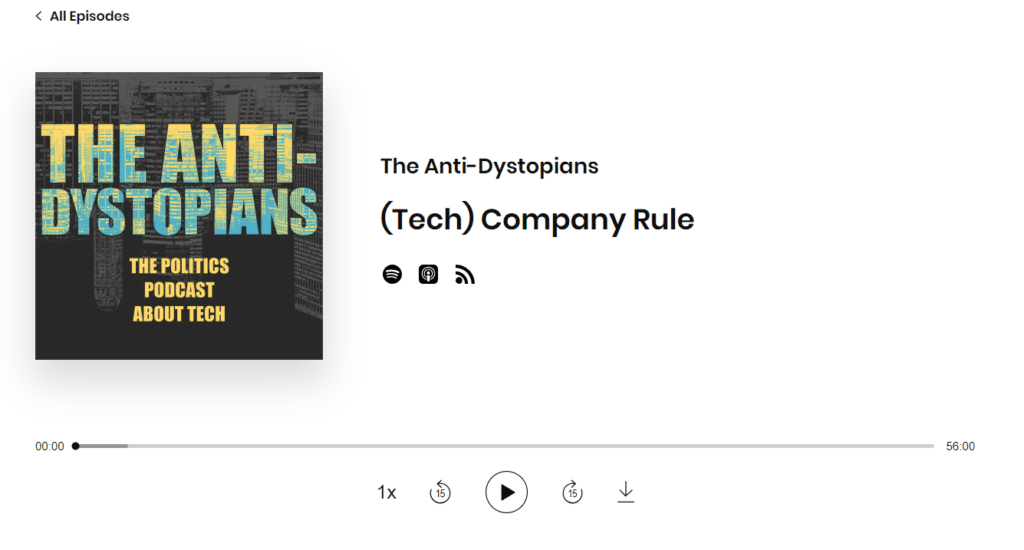In the world of B2B marketing, capturing leads is key for driving business growth, so generating leads is one of the most common objectives for a B2B marketer. So much so, that 91% of marketers say lead generation is their most important goal.
But in a tech B2B scenario, where the sales funnel is fairly deep, and competition often intense, great lead generation is hard to achieve. Free consultations, like free trials, are one lead generation tactic that has traditionally worked well, and continues to bring great benefits to B2B businesses today. But they’re not the only ones.
Another tried-and-tested strategy to make the most of your marketing efforts is to offer a piece of valuable content to potential customers, with the goal of generating leads: commonly known as ‘lead magnets’. And the right content, something that delivers value to your target audience, can double the effectiveness of lead magnets. This applies to both short and long form, new and existing content…
So, what are some of the best lead magnets that you can use, and how could they be leveraged effectively in tech B2B scenarios? Scroll down to get these answers, as well as powerful B2B lead magnet examples to inspire your content marketing strategy across the customer journey.
1. Case studies: Real life success stories
As well as being key in content marketing strategies, one of the most persuasive lead magnets is a well-crafted case study.
Similar to online reviews, a case study offers potential customers insight into your business and how it operates from other clients’ perspectives. And with more than half of B2B buyers (54%) stating that they engage with case studies as part of their buying process, the power of social proof should not be underestimated in the world of tech B2B marketing. Showcasing how your product or service has positively impacted a client’s business can be immensely powerful if you do it right. By presenting a comprehensive overview of the transformation your client experienced, you give potential consumers a clear understanding of the tangible benefits they can expect. This not only engages them, but also instils confidence in your offerings as they witness the success stories of others within their industry.

Case studies best practices for tech B2B businesses:
- Tell a story: By using storytelling techniques, such as who-where-when-how-why, you’re more likely to keep your audience hooked and for your message to easily get through. So, pick a business case that aligns with your target audience’s pain points and objectives; find the point of empathy between the case study and your audience, and use it to position your business as the solution.
- Include revenue numbers, ROI stats, and other data: Provide specific evidence of what you achieved for your clients, and ensure whatever data you include is directly tied to your service, in order to highlight the value your solution brings.
- Speak to your audience’s pain points: What challenges does your product tackle, and how can you demonstrate this in the case study? Start with an attention-grabbing introduction, delve into the challenges faced, outline the solution implemented, and finish with the positive impact on the client’s business. Make sure you include a CTA.
- Don’t forget about the format: The format matters. Design matters. If your copy is spot on but your design is poor, people won’t feel like reading your content. Enhance the case study with visual elements such as charts, graphs, or infographics, and work with your design team or agency to make sure you maximise the case study’s impact.
2. White papers: Authoritative, in-depth content
A white paper is one of the most used lead magnets in tech B2B because of its versatility: it can be used in any part of the purchase cycle. Its longer format allows you to address important topics in depth with authoritative and valuable information on how a potential customer can address key pain points. It is also one of the most effective b2b lead magnets, with 8 in 10 decision makers being happy to give out their contact details in exchange for this content – so if white papers aren’t part of your B2B lead magnet strategy, you could be missing out on valuable leads.


White paper best practices for tech B2B businesses:
- Choose your topic carefully: There is no limit to the topics and approaches you can take. To make sure your content is relevant, pick a particular topic that your potential leads would be concerned about at their particular stage of the purchase cycle.
- Keep it to the point: Resist the temptation to say everything about everything. Pick just one theme to present both the problem and solution in an accessible, easy-to-read way. Ensure you include basics like introductions, a table of contents, and a call to action (CTA).
- Include proof points: An effective white paper also needs to incorporate data and expert opinion to add credibility. Add external links to valuable content that readers can refer to in order to dive deeper into the topics.
3. Videos: Visually engaging experiences
With the number of digital video viewers expected to reach 3.48 billion by the end of 2023, video content continues to dominate the digital landscape, and its lead generation potential is far from small. Develop engaging videos that offer valuable insights, product demonstrations, or tutorials in a way that captivates your audience, so that you can educate them about your offerings without them really noticing. Plus, video is the type of content that’s more likely to get shared, so it can be a great way to maximise your tech content’s reach too.
Video best practices for tech B2B businesses:
- Focus on creating value: It can be easy to get swept away during the creative process and end up making a beautiful, yet generic or bland, video asset. So, have a clear direction for your videos, like offering valuable insights, product demonstrations, or tutorials. You can then position your videos as resources that provide tangible benefits to viewers.
- Keep it short: Short-form video content is becoming the new standard for digital content, and it’s poised to take over the digital landscape in 2023. This means you need to capture viewers’ attention by keeping your videos concise and engaging, avoiding unnecessary fluff or lengthy introductions.
- Include a CTA: At the end of each video, include a clear CTA that directs viewers to the lead capture section on your site.
4. Webinars: Interactive learning sessions
As many as 54% of B2B professionals engage with a webinar on a weekly basis, making webinars one of the most commonly used lead magnets. They allow companies to present issues, technical details and other aspects in-depth and discuss them with a large group of opt-in attendees. As webinars take place in an interactive environment, you can build rapport and trust with your audiences, taking the time to answer any questions and offering follow-up opportunities.

Webinar best practices for tech B2B businesses:
- Create a compelling landing page: Make it more than just a sign-up form and use it to promote and generate anticipation. Positioning the webinar as a limited opportunity to get up to speed and interact with experts on something important is an effective tactic.
- Keep your audience at the centre: Keep your perspective on the context and concerns of your audience and base your introduction and content on this: it’s surprising how many webinars are completely focused on their own technologies and miss this nuance.
- Diverse panel of experts: Rather than just company experts, try and include customers or industry experts in your panel. This provides your audiences with a rounded perspective.
- Maximise your webinar’s reach: Extend your webinar’s lifespan by recording it, and promoting it via social media channels, websites and outbound digital marketing.
5. Podcasts: Informative conversations
Podcasts have become an incredibly popular medium for sharing educational content and engaging with audiences across all industries: 43% of decision-makers use podcasts to get business-related content, so they’re a great lead generation opportunity.
Creating a podcast series that dives deep into industry trends, topics, and best practices can position you as a leader and help with generating leads – but you need the right strategy. Otherwise, your podcast runs the risk of getting lost among the sea of unheard podcasts. So, develop a content strategy and invite industry experts, thought leaders, and successful clients to participate in these conversations. By offering insightful discussions, you can provide value and establish your business as a trusted source of information, which could be decisive when it’s time to choose between yourself, and a competitor.

Podcast best practices for tech B2B businesses:
- Choose the right topic and speaker: Select industry topics and trends that are of interest and relevance to your target audience. Pick a charming spokesperson but make sure they research the areas that are currently generating buzz to bring a mixture of personal experiences, and in-depth insights to your podcast episodes.
- Invite relevant guests: Reach out to industry experts, thought leaders, and successful clients to take part in your podcast conversations – aiming to provide a diverse range of perspectives and expertise.
- Prepare, prepare, prepare: Of course great podcasts aren’t scripted, but they’re not completely improvised either. In order to maintain a coherent flow and keep listeners engaged, you need to plan the structure of your podcast episodes, and manage any inconveniences e.g. noting some backup questions to avoid running out of things to say.
- Encourage subscriptions: Entice listeners to subscribe to your podcast and follow up with any new leads. This can also help your brand build loyalty and a sense of community.
6. Newsletters: Long-term nurture campaigns
Email marketing in general, and newsletters specifically, are a great tactic for long-term nurture campaigns and as lead magnets go, they are effective in keeping you on the radar screen of your prospect’s mind and building a steady relationship.
The amount of emails in our inboxes has grown massively in recent years, though, so you need an optimised B2B newsletter strategy to guarantee their success. But if you can build a consistent email nurturing strategy through B2B newsletters, you are safe to expect not just more leads, but also brand engagement and loyalty.

Newsletter best practices for tech B2B businesses:
- Keep it regular, but not too regular: Pick the frequency of your newsletter carefully. In a B2B setting, monthly could be a good frequency, not so long that you get forgotten and yet not frequent enough to get annoying.
- Stick with it: Unofficial estimates are that over two-thirds of newsletters do not keep to their delivery timetable. Plan your newsletter into your month and ensure that you stick to your schedule, so that your customers get used to seeing you in their inboxes.
- Add value to your readers: Resist the urge to provide links to every product and solution in your stable. A good lead magnet should generate interest while keeping the content timely, relevant and concise.
- Easy subscription and unsubscription: Make it simple for readers to subscribe and unsubscribe from your newsletter. Provide clear instructions and ensure that the process is hassle-free.
In conclusion: Leads, leads, and more leads
Using lead magnet content is a great way to move your prospective customers along the purchase funnel and strengthen your overall digital marketing strategy. Effective lead magnets are therefore essential for business growth, particularly within the tech industry where buyer journeys are long, and competition strong.
Whether you’re using automated drip campaigns or running a manual campaign, ensuring that the content you provide is relevant and addresses the key challenges at each stage is critical. Using a mixture of these B2B lead magnet ideas (case studies, white papers, videos, webinars, podcasts, and newsletters) to distribute your content can help you diversify the way you engage and provide relevant content to your audience.
By following best practices for each of the lead magnets, you can make the most of their impact and guide potential customers towards conversion. And if you would like help creating the best B2B lead magnets, reach out to us at hello@isolinecomms.com.



